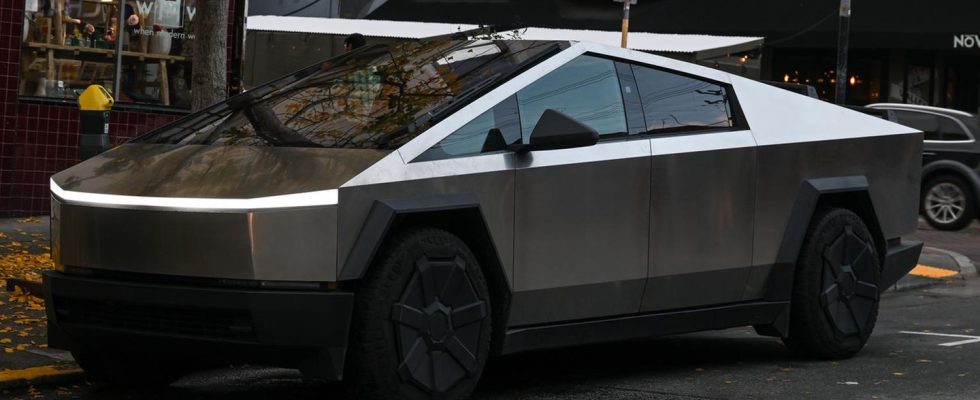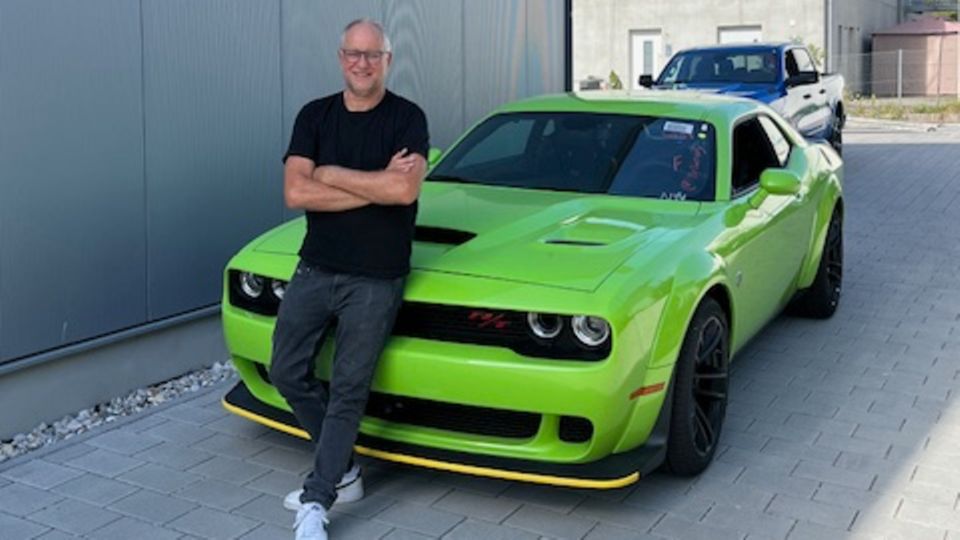Electric SUV
Cybertruck rescues in the snow again and again – apparently Tesla could have avoided the disgrace
The Tesla Cybertruck seems a bit out of place in the city – but it also has problems in harsh weather conditions in the country.
© Tayfun Coskun / Picture Alliance
As if the Tesla Cybertruck didn’t have to endure enough mockery and ridicule, the winter weather is now getting in its way. In the USA, videos of Cybertrucks in distress are going viral – and the reason could apparently have been avoided.
Whoever has the damage does not have to worry about the ridicule. Tesla is currently making videos Cybertrucks in awkward situations make the rounds. It’s particularly common to see a cybertruck in California’s Stanislaus National Forest and another truck in a snow-covered driveway. Both have one thing in common: the huge electric SUV is stuck and has to be rescued by a combustion engine.
For a car that is advertised on the manufacturer’s website with the words “Wear resistance and robustness for the most difficult slopes. With the electronic adaptive air suspension, which offers 305 mm of suspension travel and 432 mm of ground clearance, you can cover all paths” are the videos extremely bad advertising.
It’s not the Tesla Cybertruck
More and more media, including the trade magazine “Jalopnik,” are picking up on the viral clips. But how can a truck that is supposedly capable of off-roading fail in places that other vehicles can easily handle? It can’t be the drive, because Tesla currently only delivers Cybertrucks with all-wheel drive, which are actually ideally equipped for such impassable paths.
The reason is different: the standard tires are apparently not suitable for snow. Unlike models like the Model 3 or S, there are currently no pure winter tires as an option for Tesla’s Cybertruck – only all-weather tires. The manufacturer’s shop only offers snow chains – which would have been helpful in the situations shown.
Every Cybertruck currently comes with Goodyear all-weather tires measuring 285/65R20. The addition “M+S” on the tires indicates that they are basically matsch- and sare suitable for snow, but that says nothing about their performance in heavy snowfall. This is because no uniform test criteria have to be met in order to use the “M+S” label. If tire manufacturers believe that the tires will somehow work in cold weather, the additive can be pressed onto the edge.
This is also the reason why this type of tires will be banned in Germany from October 2024. Next winter, only tires that bear the Alpine symbol or mountain pictogram with the snowflake (3PMSF) will be permitted. This confirms that the tires, regardless of which manufacturer produces them, meet the minimum requirements for winter conditions according to testing.
Customers should know their tires
Tesla could have avoided the wanderings of its customers if it had given a subtle warning about the inadequacies of the tires at the time of purchase or had installed other models at the factory that were able to cope with the conditions in US national parks at this time of year.
Now the drivers’ breakdowns are a target for the competition. Ford CEO Jim Farley made it clear in December that the towing of the Cybertruck by a Ford truck was not an advertising campaign. At least not officially.
Stainless steel SUV
“A tough product for a tough world”: This is how a Tesla tuner wants to pimp up the Cybertruck
The Stanislaus National Forest park administration also took a swipe and wrote: “We are confident that this incident could not only have been avoided if the driver of the Cybertruck had better understood the topographical features shown on our maps if he had followed them “If he had adhered to the principles of the ‘Leave No Trace’ principle and if he had generally been better prepared.”
Sources: Jalopnik, Tesla, Tesla Germany, Driver Center, X (Twitter)



